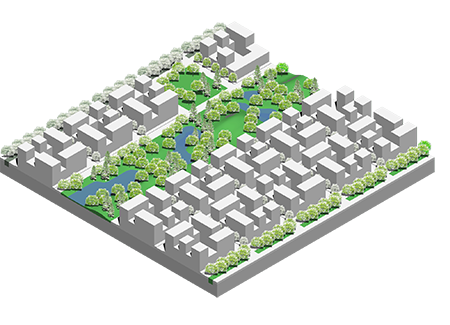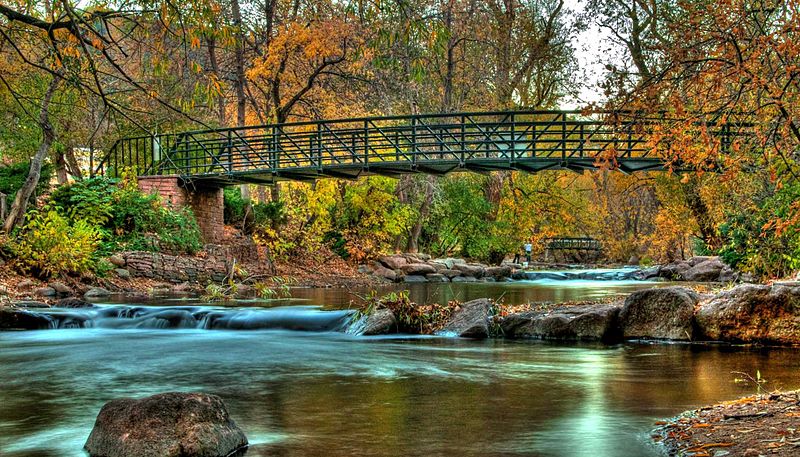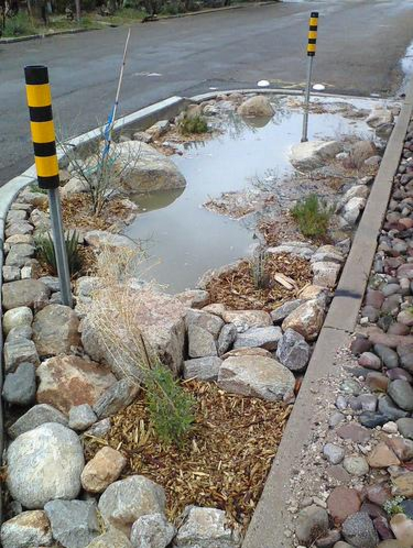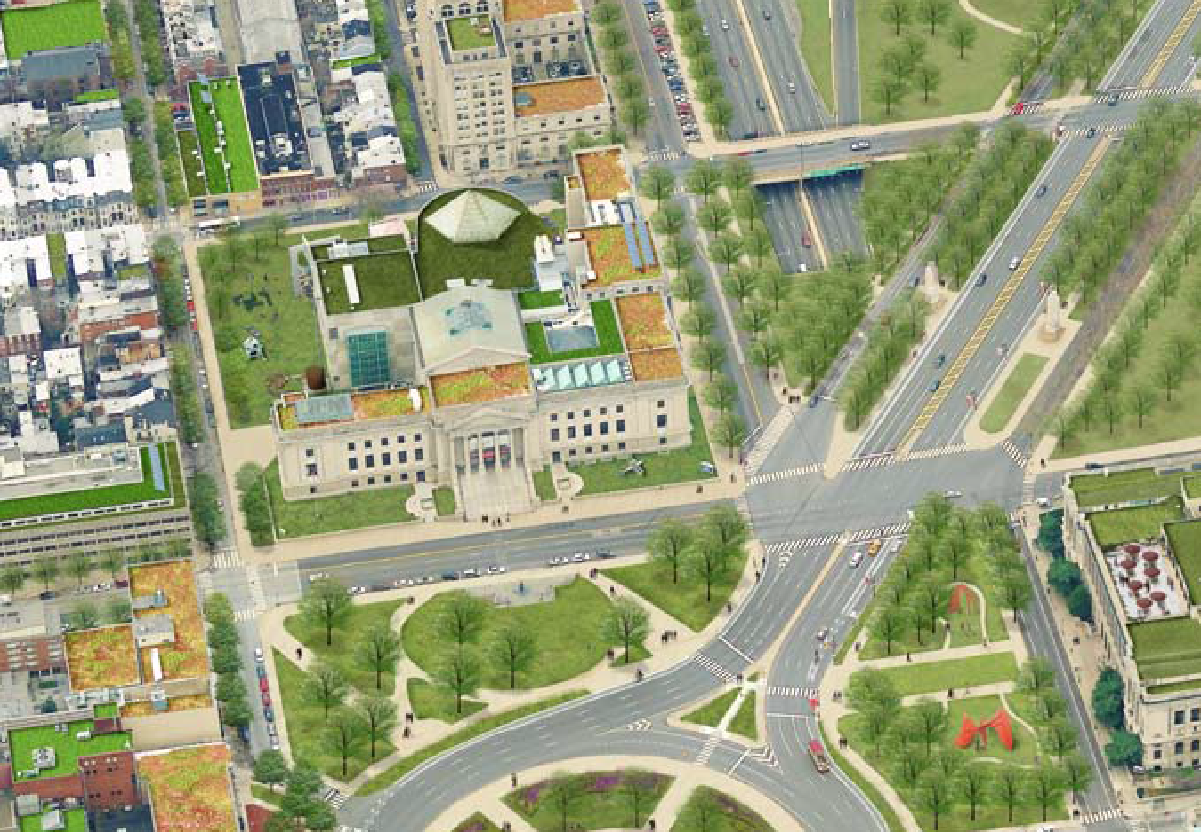Urban Trees + Forests
Urban forestry is the planned installation and management of trees within an urban setting, often within the public right-of-way, parks, and other public lands – what the U.S. Forest Service refers to as “trees for people.” They include both public trees (in parks and forest preserves) and private trees (in backyards and corporate campuses). Although municipalities are generally only charged with caring for trees on public property, they can influence the care and management of privately-owned trees through local policies, codes, and programs. Within urban areas, tree cover is typically highest in naturally-forested areas such as the Northeast and Southeast. However, the benefits of urban forestry are valuable in all climates and regions and can be achieved through the use of native species and, in dry areas, drought-tolerant and low-water-use trees such as acacia and mesquite.
Hazard Mitigation
Urban trees and forests reduce stormwater flow by intercepting rainwater on leaves, branches, and trunks. Some of the intercepted water evaporates back into the atmosphere while some of it soaks into the surrounding ground. This reduces the total volume of runoff that must be managed in urban areas and, as a result, the volume of water that containment facilities must store.
Siting Considerations
Trees require sufficient space and light to grow, with specific needs depending on the species of tree. Planting times should be planned to avoid the stress of extreme temperatures. Trees and urban forests should be sited and selected taking into consideration existing power lines and underground infrastructure utilities as trees and their roots can grow to obstruct infrastructure. With proper site and tree selection this conflict can be avoided or minimized.

Costs
Individual trees cost little to install (<$500 each) and can vary depending on the species; however, urban forests require ongoing maintenance that must be accounted for. Typical costs include:
- Plant materials
- Installation (watering, backhoe, shovels, mulch, planter bars for seedlings)
- Maintenance (surveying, pruning, removal of hazard trees, bucket truck, chipper, chainsaws)
- Training, professional licenses, and memberships for forestry personnel
Co-Benefits of the Strategy
Urban forests have numerous economic, environmental, and health-related co-benefits. Trees absorb and block sunlight from reaching buildings and the ground, thereby reducing the heat island effect which helps to lower energy use. Studies have also found that shoppers are more likely to spend more time and money, and assign a higher overall desirability to the merchandise being offered, in commercial areas where street trees are present. Street trees have also been shown to significantly increase the value of a property and the rent that can be asked.
Trees also act as sponges for a range of environmental pollutants, removing ozone and sulfur dioxide from the air, storing and sequestering carbon, while absorbing and transforming soil contaminants. Urban forests also create biodiversity by adding wildlife habitats.
Shade from trees provides valuable protection from UV rays, and the air quality benefits of urban forests can lead to a reduction in respiratory illnesses such as asthma. Trees also absorb high-frequency noise and sound, reducing environmental stressors and improving quality of life.

Maintenance Considerations
Urban forests require regular, systematic maintenance by trained personnel (either in-house or on a contract basis). Newly-planted trees may require watering (depending on climate and the planting season), and trees must be pruned periodically to maintain their health. Tree thinning and debris disposal are especially important in areas prone to wildfires. Urban forests may also need to be inspected for insect and disease control.
Similar or Complementary Solutions
Urban forests and trees are often incorporated as part of green parking lots, rain gardens, and green streets.
Additional Information
The Alliance for Community Trees has established an extensive list of the types of benefits provided by urban trees, including specific examples drawn from around the country.
The USDA and Forest Service collaborated on the following report – Sustaining Americas Urban Trees and Forest.



